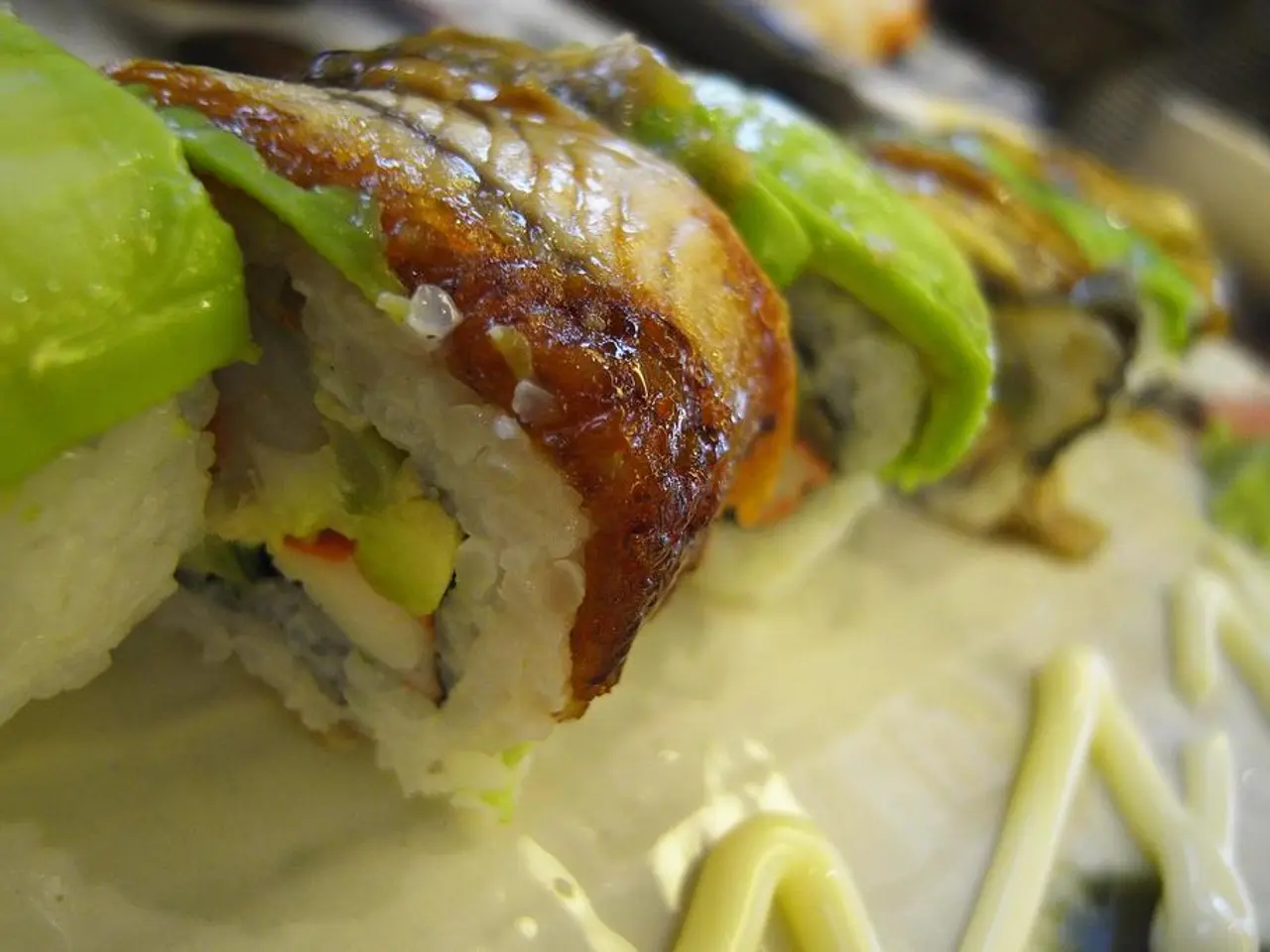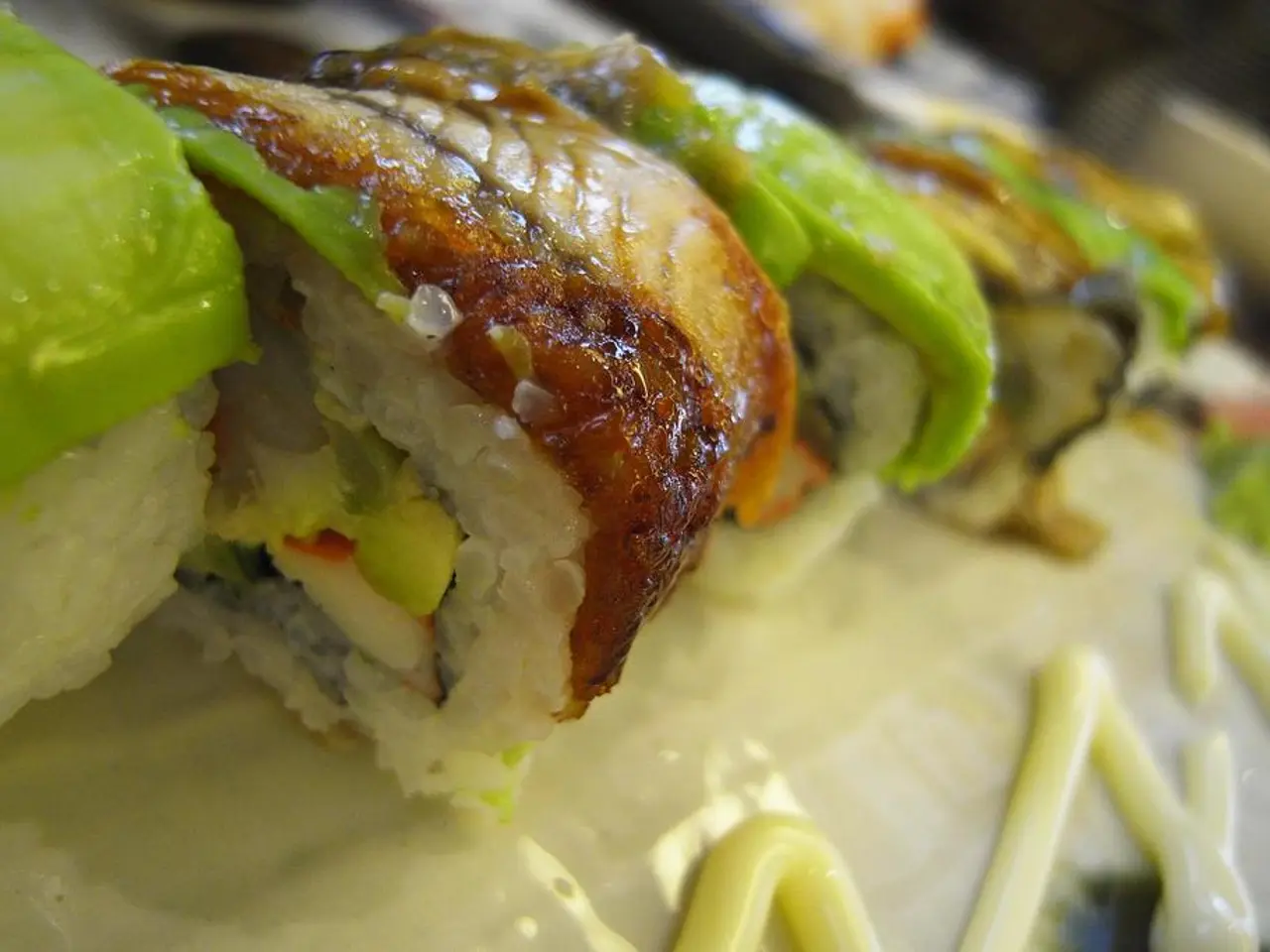Preparing Infant Delicacies
Preparing Nutritious Homemade Baby Food: A Comprehensive Guide
In the exciting journey of parenthood, one of the most important milestones is introducing solid foods to your little one. Here's a guide to help you safely and effectively prepare homemade baby food.
Steps for Preparation: 1. Select fresh or thawed frozen ingredients suitable for your baby's age and readiness for solids. These could include fruits, vegetables, meats, or grains. 2. Cook the ingredients using methods like steaming, boiling, or baking to soften them. Steaming helps retain nutrients, while baking can bring out natural flavors and create soft textures. 3. Puree the cooked food using a blender, food processor, or hand-held immersion blender until smooth. 4. Avoid adding salt, sugar, and spices to maintain the food's safety and health benefits. 5. Let purees cool before serving to prevent burns.
Essential Items Needed: - Fresh or frozen produce appropriate for babies (e.g., peaches, sweet potatoes, carrots, green leafy vegetables, meat, fish). - A blender, food processor, or hand-held immersion blender for pureeing food smoothly. - Cooking tools such as pots for boiling/steaming or an oven for baking. - Storage containers, preferably BPA-free, for storing prepared baby food safely.
Storage Times to Keep Baby Food Safe: - Store homemade purees in the refrigerator and use within 24 to 48 hours to ensure freshness and avoid spoilage. - For longer storage, freeze portions in small containers or ice cube trays and use within 1 month to maintain nutritional quality. - Always label containers with the date of preparation and thaw frozen baby food in the refrigerator or warm it gently before serving.
Additional Safety Tips: - Introduce one new food at a time and watch for any allergic reactions, especially with common allergens such as peanuts, eggs, dairy, and wheat. - Avoid choking hazards like nuts or hard candies and prepare textures suitable for your baby’s development stage. - Incorporate fat-rich foods such as avocado, full-fat yogurt, olive oil, or nut butters (mixed very thinly) to support brain development.
By following these steps, using proper equipment, and adhering to recommended storage times, you can confidently prepare nutritious homemade baby food that supports your child’s growth safely.
Note: - Meats or egg yolks stored in the refrigerator last for 1 day. - The freezer storage time for fruits and vegetables is longer than that of meats or egg yolks. - Storage containers such as clean jars, plastic storage containers, or ice cube trays are needed for storing homemade baby food. - If necessary, add liquid (breast milk, formula, cooking liquid, or water) to thin out thick foods. - You can make baby food using a food grinder, blender, potato masher, or fork. - Always wash your hands and equipment well with hot, soapy water before preparing baby food. - Fruits and vegetables stored in the refrigerator last for 2 days.
Incorporating fresh or frozen baby-friendly produce, cooking tools, and a blender or food processor into your home-and-garden setup, you can create a health-and-wellness lifestyle for your family-health by making nutritious homemade baby food. By selecting appropriate ingredients, preparing them using steaming, boiling, or baking techniques, and pureeing them smoothly, you're contributing positively to your child's development and growth.
Follow safety tips such as introducing new foods one at a time, avoiding choking hazards, and incorporating nutrient-rich foods like avocado and nut butters, while ensuring storage times are adhered to for both the refrigerator and freezer. Utilize BPA-free containers, jars, or ice cube trays for storage, and always remember to wash your hands and equipment thoroughly.
This lifestyle choice supports not only your parenting responsibilities but also promotes a focus on food-and-drink choices that benefit your family's well-being, aligning with the latest science-backed recommendations on infant nutrition.




